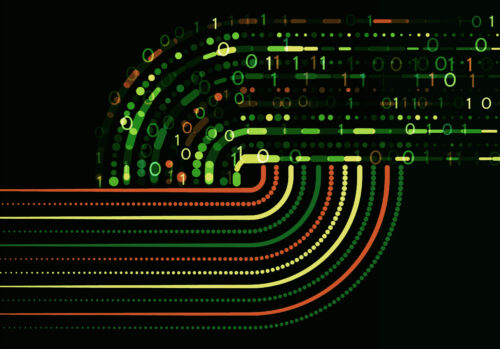Comprehensive Metadata Management
Data fabrics facilitate comprehensive metadata management and documentation. Through a centralized data catalog, metadata about various data assets, including their origins, formats, and usage, is stored and made easily accessible.
This metadata provides a clear understanding of the data landscape, helping in data lineage tracking and ensuring transparency in data governance processes. It enables organizations to enforce consistent data standards and policies, fostering a culture of accountability and reliability in data management.

Enhanced Data Security and Privacy
Data fabrics contribute to enhanced data security and privacy. With the ability to seamlessly integrate diverse data sources, data fabrics enable organizations to implement centralized access controls, encryption, and authentication mechanisms. These security measures help protect sensitive information from unauthorized access and ensure compliance with privacy regulations. By enforcing data governance policies consistently across the entire data fabric, organizations can mitigate risks associated with data breaches and unauthorized data usage.

Compliance Monitoring and Auditing
Through the centralized monitoring capabilities that are inherent in data fabrics, organizations can track and audit data access, modifications, and usage patterns. This not only helps in identifying and addressing potential security breaches but also ensures adherence to industry regulations and internal data governance policies.
The ability to generate comprehensive audit trails and compliance reports simplifies the process of demonstrating regulatory compliance during audits, instilling confidence among stakeholders and regulatory bodies in the organization’s commitment to sound data governance practices.
Data fabrics provide a holistic approach to data governance by promoting transparency, security, and compliance across the entire data ecosystem.
